Imagine standing atop an ancient rock fortress, surrounded by lush jungle and sweeping views — all built by a king over 1,500 years ago. Welcome to Sigiriya, Sri Lanka’s most legendary climb.
Sigiriya Rock Fortress
Sigiriya, often called the Eighth Wonder of the World, is one of Sri Lanka’s most iconic landmarks. Rising 200 meters above the surrounding jungle, this ancient rock fortress offers more than just stunning views — it’s a place where history, architecture, and legend come together in one unforgettable destination.
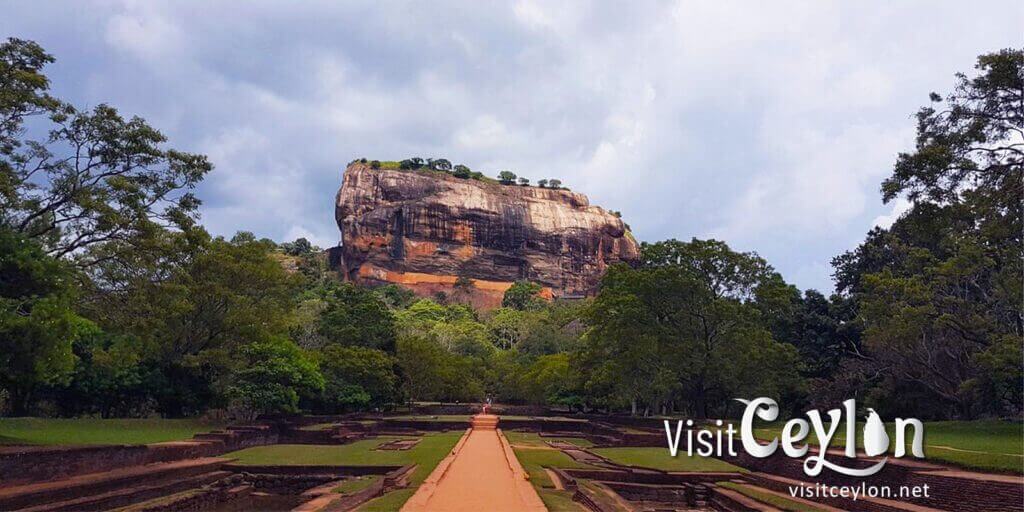
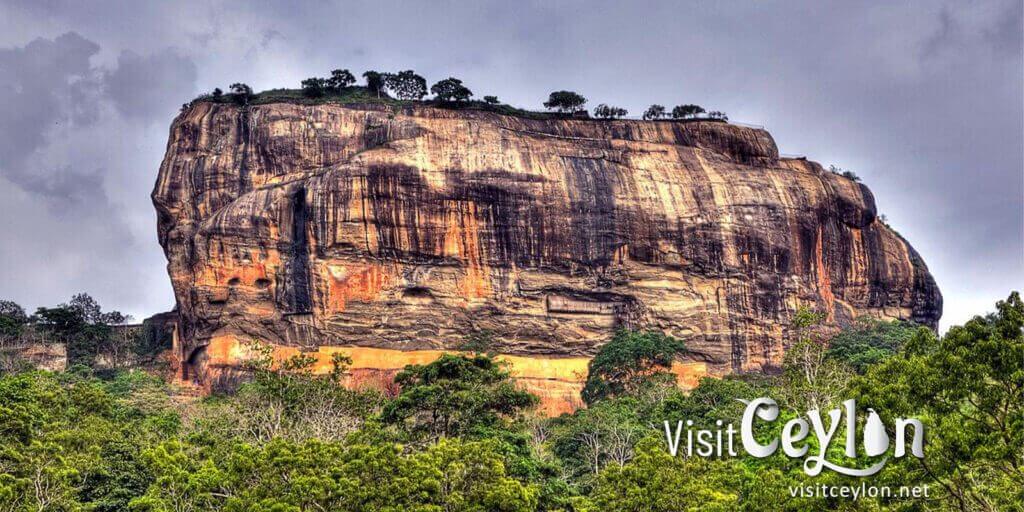
What to Expect When Visiting Sigiriya
Whether you’re a history buff, an adventurer, or simply someone looking for epic Instagram views, Sigiriya has something for everyone.
🚗 Getting There
- Location: Central Province of Sri Lanka, near Dambulla.
- Transportation: Easily accessible by car, tuk-tuk, or bus from nearby towns.
🎟️ Entrance Fees
- Foreigners: Around $30–35 USD (Approx.. LKR 10,000+)
- Locals: Much lower price for Sri Lankan citizens.
💡 Tip: Bring cash and expect possible price variations.
⏱️ Best Time to Visit
- Early morning (before 9 AM) or late afternoon for cooler weather and fewer crowds.
- Avoid midday climbs — the rock can get very hot and there’s little shade.
🥾 The Climb
- The final stretch involves narrow staircases built along the cliffside — not ideal if you’re scared of heights, but definitely worth it!
- About 1,200 steps to the top.
- You’ll pass key attractions on the way up: gardens, frescoes, the Mirror Wall, and the Lion’s Paws.
- The final stretch involves narrow staircases built along the cliffside — not ideal if you’re scared of heights, but worth it!
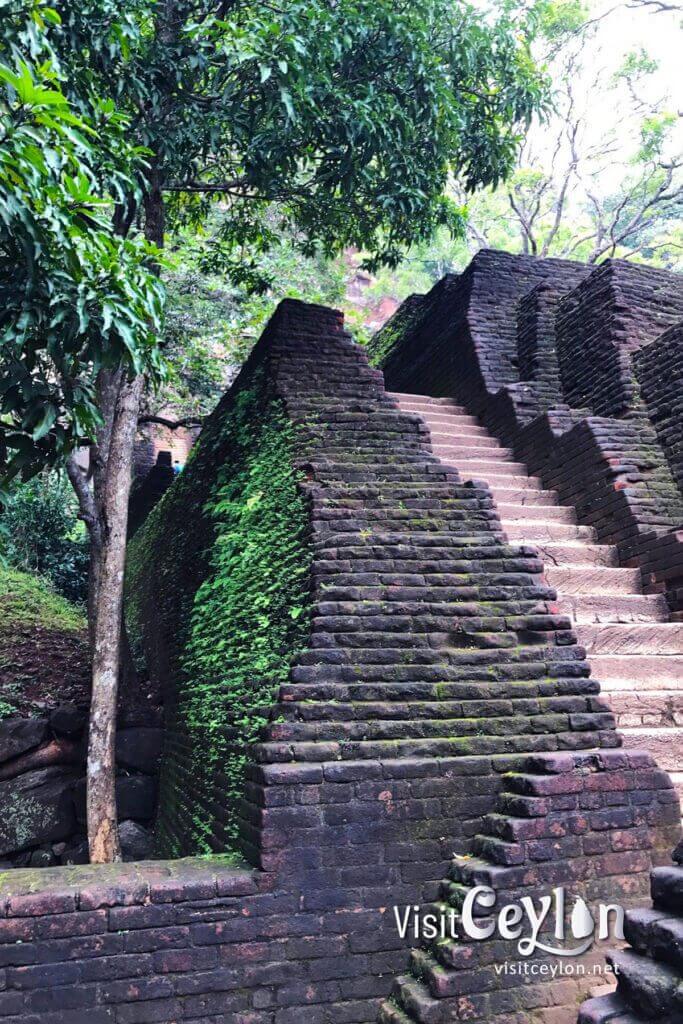
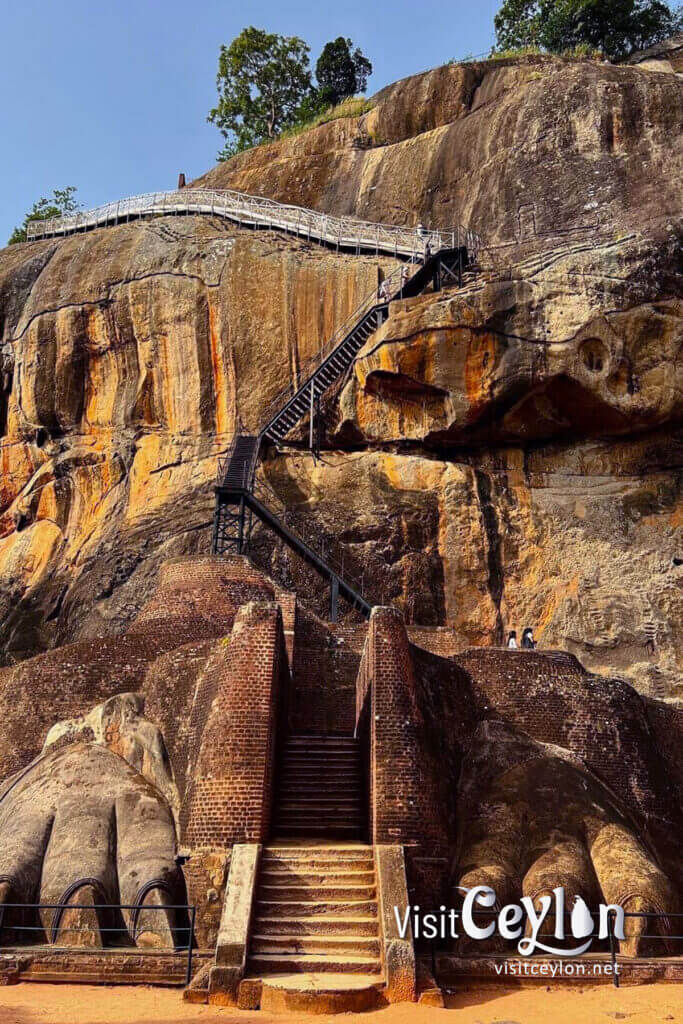
Main Attractions Inside Sigiriya
🌺 Water & Boulder Gardens
- Beautifully designed ancient gardens at the base, showcasing early hydraulic engineering.
🖌️ Sigiriya Frescoes
- Colorful wall paintings of celestial maidens, believed to be from the 5th century.
- Only a few remain today due to natural erosion and vandalism.
✨ The Mirror Wall
- A highly polished wall that once reflected the king’s image.
- Now etched with ancient graffiti and poems dating back over 1,000 years.
🦁 The Lion’s Paws
- Once the entrance to a massive lion-shaped gateway — only the paws remain today.
- Marks the final climb to the summit.
🏯 The Summit
- Ruins of King Kashyapa’s palace, stunning 360° views of the surrounding forests and countryside.
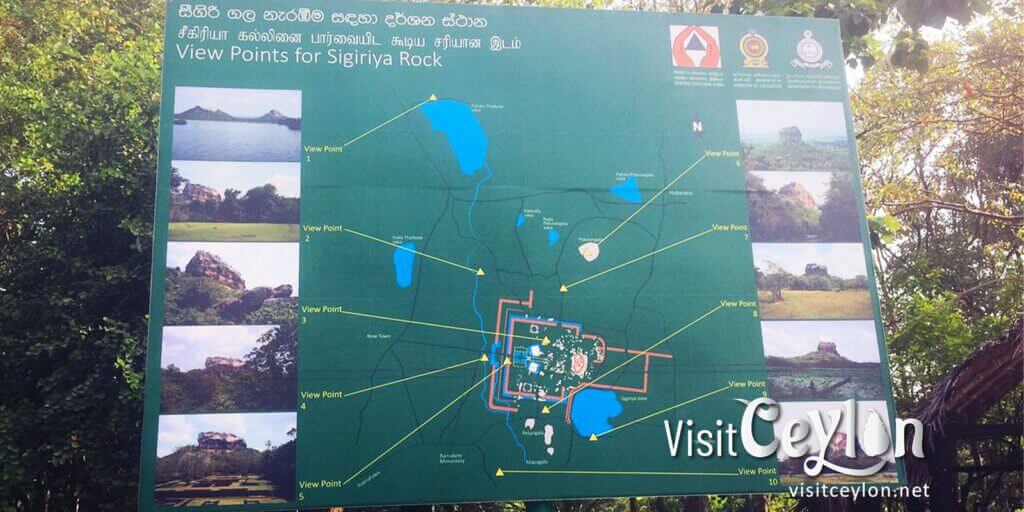
🙅♂️ Warning About Unofficial Guides
Many visitors are approached by locals claiming to be official guides. While some are knowledgeable, others might give false information or overcharge.
🔒 Stick to authorized guides or audio tours if you want accurate historical insight.
🚻 Facilities
- Toilets are only available near the entrance, not inside the site.
- Bring water, a hat, and sunscreen — there’s no shade once you begin the climb.
💰 Budget Tip: Climb Pidurangala Rock Instead
If Sigiriya’s ticket price feels steep, consider Pidurangala Rock, right next door.
- Entry: Only LKR 500 (~$1.50 USD)
- A moderate climb with equally breathtaking views — especially of Sigiriya itself.
- Bonus: There’s a reclining Buddha statue halfway up.
🧭 Ideal for budget travelers and photographers!
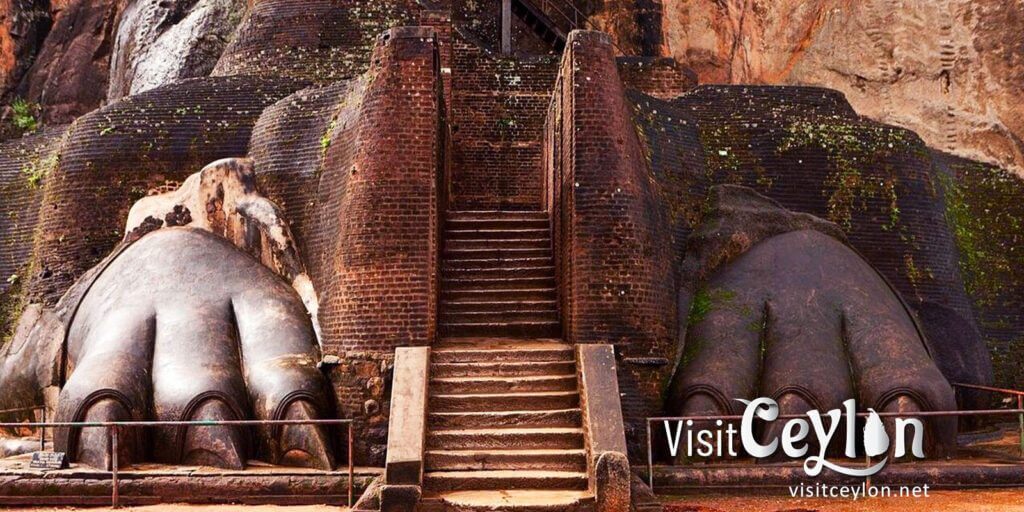
Sigiriya’s History
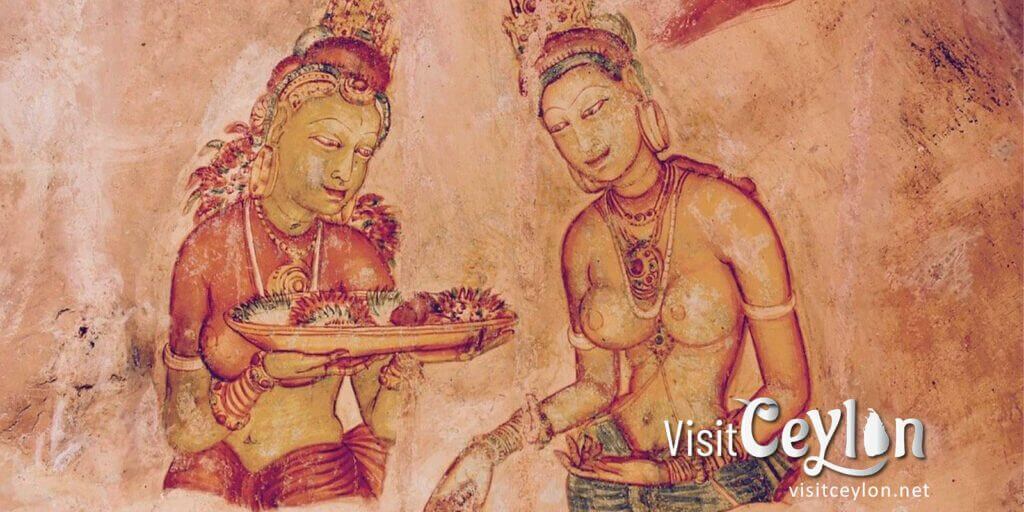
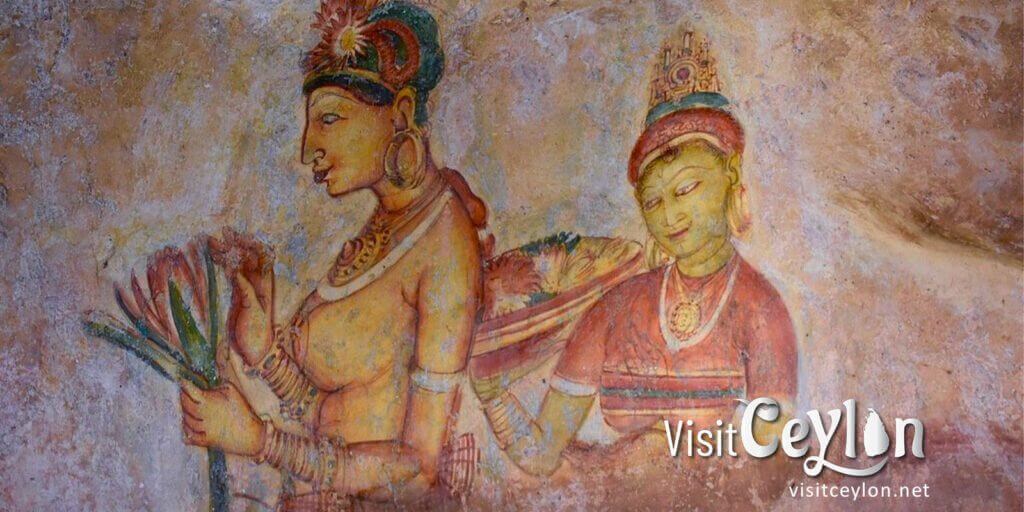
Sigiriya’s story is as dramatic as its cliffs.
🪨 Prehistoric Beginnings
Archaeological evidence suggests that Sigiriya has been inhabited since around 3000 BC, with Buddhist monks using it as a monastery as early as the 3rd century BC.
👑 The Tale of King Kashyapa
In the 5th century AD, King Kashyapa I seized the throne after overthrowing and murdering his father, King Dhatusena. Fearing retribution from his half-brother Moggallana, Kashyapa built his fortress atop Sigiriya for both protection and luxury.
- The upper palace served as his royal residence.
- After Kashyapa’s defeat in 495 AD, the site returned to its roots as a Buddhist monastery.
🏛️ Architectural Marvel
- Urban Planning: The symmetry and layout of the gardens and city below are a testament to ancient engineering.
- Water Features: Even today, some fountains in the gardens work during the rainy season.
- Lion Gate: Originally, the entrance featured a giant lion-shaped structure — only the paws remain today.
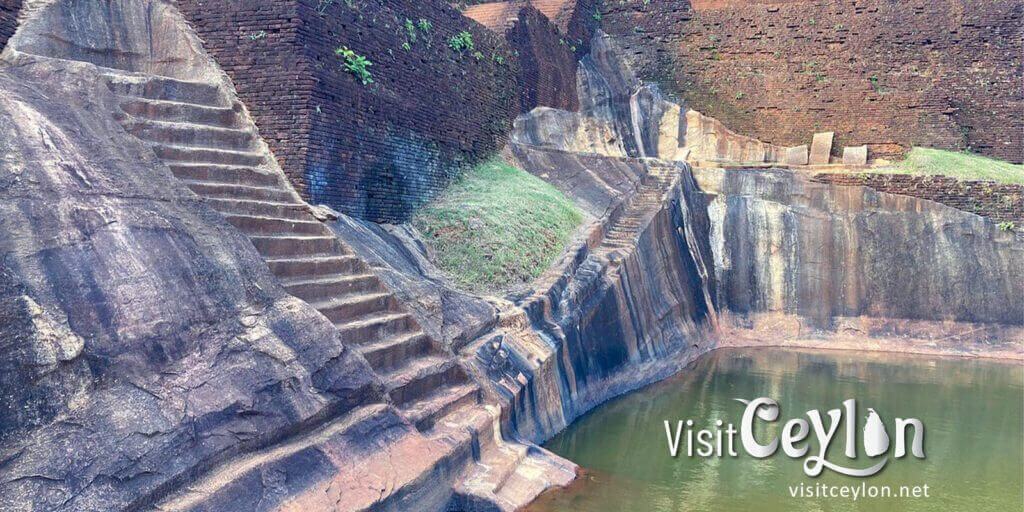
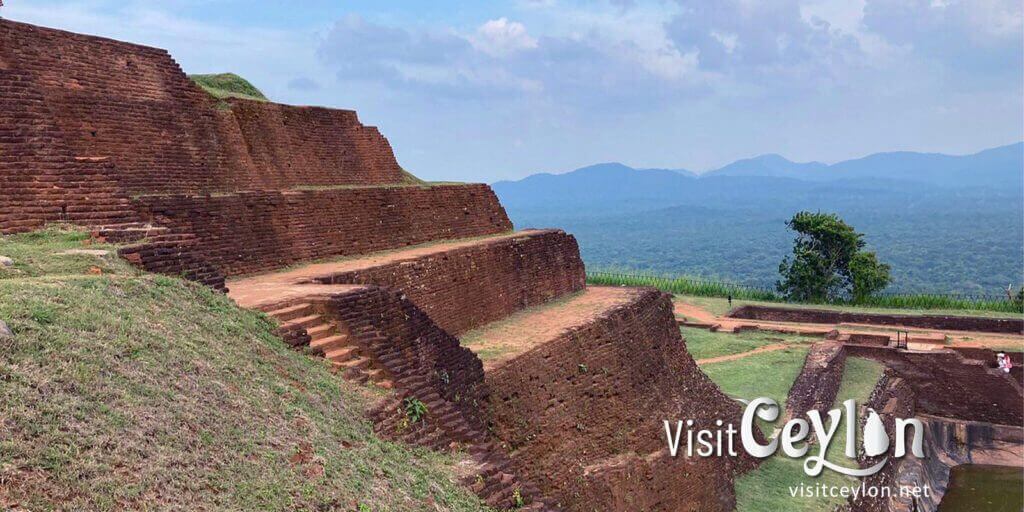
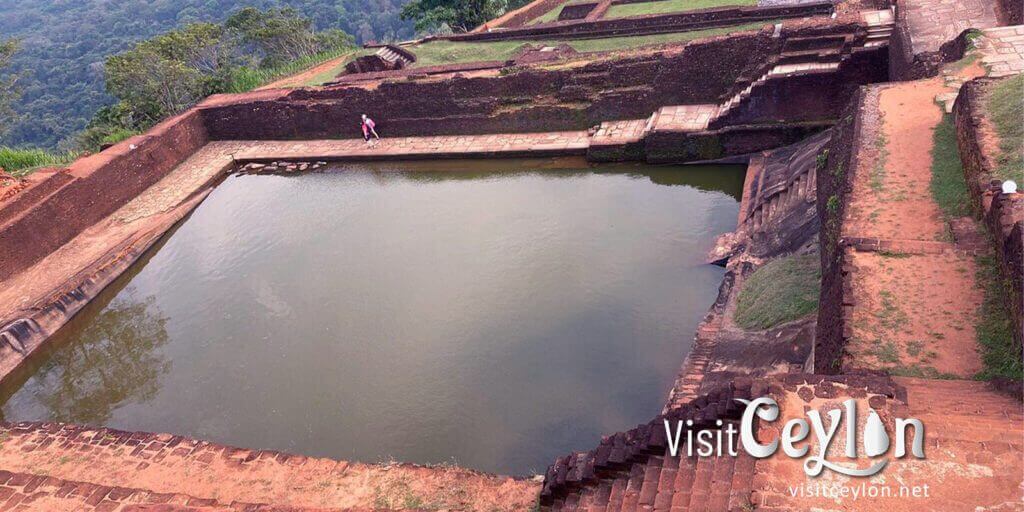
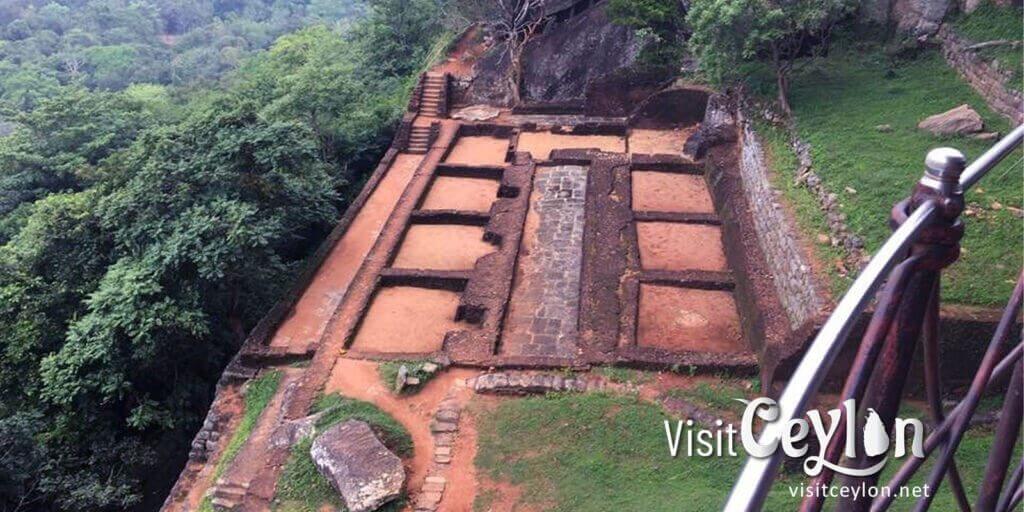
UNESCO World Heritage Site
Sigiriya was declared a UNESCO World Heritage Site in 1982 for its unique blend of urban planning, landscape architecture, and artistry. It remains one of the best-preserved examples of ancient city planning in South Asia.
Final Thoughts
Climbing Sigiriya is more than a physical challenge — it’s a walk through history. From the haunting beauty of the frescoes to the sweeping views from the top, it’s easy to see why this site is a must-visit for anyone travelling through Sri Lanka.
Whether you’re chasing adventure, culture, or stunning photos, Sigiriya delivers.
📌 Pro tip: Combine Sigiriya with nearby attractions like Dambulla Cave Temple, Minneriya National Park, or Pidurangala Rock for a full cultural experience.

